This blog post was authored by Nicholai Jost-Epp, summer 2023 intern with the Just Solar CoalitionNorth Minneapolis Community Solar and Environmental Justice Cohort at Second Chance Community Solar Garden 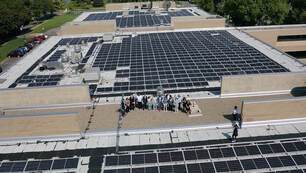 North High Community Solar Garden North High Community Solar Garden The Just Solar Coalition believes that as individuals, communities, and cities working together, we can create a clean, equitable energy infrastructure that everyone can be a part of. Minneapolis Climate Action lives and breathes this spirit, bringing in artists, leaders, and community members together to build community-centered solar energy. Kyle Samejima is the Executive Director of Programs and Engagement at Minneapolis Climate Action (MCA). Her organization has spearheaded the development of two equitable community solar gardens in Minneapolis, in partnership with Renewable Energy Partners, with more on the way. “Community solar garden” is a development model for solar energy that aims to bring benefits of solar energy to those who have been left out by traditional rooftop solar development—people who rent, homeowners who have shaded roofs or who can’t afford the up-front cost of putting solar on their own home, or simply those who don’t have the time or wherewithal to install and maintain their own panels. These people can “subscribe” to a larger remote solar array—a “community solar garden”—that provides electricity to the grid, and be compensated by a utility with a credit on their electric bill for the electricity the solar garden generates. MCA developed a barrier-free model for participation that requires no money up front, and they don’t check credit scores or have a minimum income requirement. Community solar gardens, or CSGs, are the bread and butter of the Just Solar Coalition because of their ability to benefit these people who have been left out of Minnesota’s solar energy revolution. (Read more about CSGs and the Just Solar Coalition’s work promoting equitable CSG development and policy here!) Kyle came into MCA as it was expanding its scope from a neighborhood-level organization to a focus on the entire city. While Kyle “inherited” the organization’s work on CSGs, she was immediately drawn to focusing on bringing justice and equity into solar energy development. “I felt really strongly that justice has to be a part of this, or else we’re just perpetuating a toxic, harmful system,” she said. 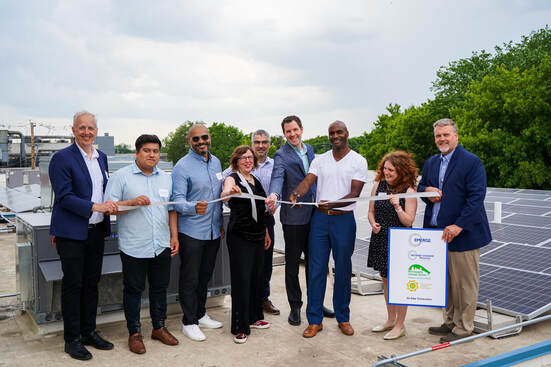 Second Chance Community Solar Garden Ribbon Cutting Ceremony Second Chance Community Solar Garden Ribbon Cutting Ceremony Over the course of 8 years, MCA has worked with several partners to develop two CSGs—one on North High School in North Minneapolis and one on the Emerge Second Chance Recycling Facility in Southeast—allowing hundreds of low- to moderate-income households to get bill credits from Xcel energy to lower the cost of their electricity. High electricity bills are a significant contributor to energy insecurity, the inability of a household to meet their energy needs. In the process of developing these CSGs, MCA focused on outreach, education, and organizing—explaining the “‘why’s’ and ‘how’s’” of community solar. In line with the Just Solar Coalition’s aim to “educate and inspire,” they began reaching out to community-based organizations to begin the conversation about community solar, centering the conversation on energy democracy and energy justice. “It really started with being in community a lot—like going to community events; getting to know people, building trust,” Kyle said. “We started out just going to Open Streets, and [other] community events; getting our name out there.” Throughout this process, MCA built deep collaborative relationships, said Kyle: “Really, the most powerful thing is partnering with organizations that are already trusted and embedded in the community—that was a huge help and really crucial,” she said. In North Minneapolis, MCA partnered with MN Renewable Now, another Just Solar Coalition member, as well as the other Northside organizations to recruit and train an Environmental Justice Cohort composed of community members. The Cohort, which was compensated for their time, worked with MCA to explore how best to approach CSG outreach in community- and culture-informed ways. In addition to the connections built with other community-based organizations, working on community solar is what got MCA connected with the Just Solar Coalition. The Coalition provided a space for Kyle to learn from other groups committed to equity and justice in the renewable energy transition. “It was a role of the Just Solar Coalition in going to those meetings when I was new in this space to really learn from other organizations,” she said. “What they were doing and valuing, the language they used, the actions they took, the approaches they took. That was really helpful for me, it certainly helped deepen my knowledge and commitment to the justice piece of this work” 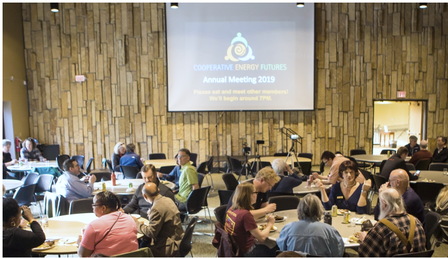 Cooperative Energy Futures member meeting Cooperative Energy Futures member meeting One of these organizations in the coalition Kyle learned from was Cooperative Energy Futures (CEF), the first member-owned co-op solar developer in Minnesota. CEF is a pioneer in the solar industry with their development model that is accessible to everyone regardless of their credit score or whether they rent or own their home, requires no up-front payments, and returns profit to member-owners through dividends and equity stake—thoroughly embodying Just Solar Coalition’s values of making solar energy 100% accessible to everyone, using renewable energy to build community wealth, and democratizing control of the energy system. “One of our main goals and visions is to teach people about the agency that they have by owning their own power and controlling their own power,” said Pouya Najmaie, policy and regulatory director at CEF. CEF has already developed seven CSGs around the state using this model, with six more currently in the development stage. Even just connecting and being in community with the rest of the Just Solar Coalition is one of the most rewarding parts of working in this space, Kyle says. Along with these connections that are formed in climate justice work, Kyle says that the use of art and poetry is also a critical uplifting piece of the work. With climate change, the reality of the crisis and the grief and pain it will cause—and is already causing—can be overwhelming. “The mind can go numb, the heart can block it out because it’s painful. Art can be this way to connect and get energy flowing that’s bigger than the problem,” she said. In their outreach, MCA has partnered with three poets--Brandyn Tulloch, Isabel Lopez, and Elijah Easley—using spoken word poetry to illuminate the moral and spiritual need for local solutions to climate and inspire action. Kyle is actively working on partnerships with more artists for future outreach on climate. “There’s so much more to be done with art around these topics—there’s got to be ways to have joy doing this work,” she said. In their ongoing work on energy democracy organizing, MCA is partnering with the Central Area Neighborhood Development Organization (CANDO) in a collaboration called “Southside Goes Green” to hold community conversations on energy democracy and environmental justice with residents of the Central and Bryant neighborhoods in South Minneapolis. Through Southside Goes Green, CANDO and MCA have held three events on energy democracy and community solar for Central and Bryant residents, one in Spanish, one in Somali, and one in English. Ultimately, Kyle hopes to develop a “flow” with Southside Goes Green that will eventually lead to the development of a CSG specifically for the Southside.
CANDO does a lot of food justice work, which Kyle says aligns with MCA’s work on energy democracy. CANDO’s “Plant, Grow, Share” initiative empowers community members by providing them the education and resources to grow their own food in gardens and urban farms. Ultimately, the food sovereignty and energy democracy movements have similar visions: the empowerment of communities to meet their own basic needs with their own means. “The food system work is entrenched right now in so many communities, and we have a lot to learn from that transition for the energy realm,” explained Kyle. Across Minneapolis, urban gardeners and farmers are feeding themselves and their communities, alleviating the effects of food deserts and the economic strains of buying groceries. One can imagine a sea of rooftop solar and community solar gardens accompanying the community gardens and farms, providing affordable electricity to communities and reducing reliance on our profit-driven utility system. With MCA’s community education on CSGs, Kyle stressed the importance of keeping this big picture in mind: that CSGs are a tool to help achieve a broader vision of changing our energy system to embody justice and democracy. “[We frame it] not just as “get a bill credit”, but these deeper issues of energy autonomy, independence, and collective sharing of a resource,” she says, “and combining that outreach with the bigger picture of environmental justice and energy democracy to really open up that conversation for people to think about the fact they don’t have choices right now, like they could, and Xcel Energy is actively pushing back against those choices.” This is the vision of the Just Solar Coalition: while corporate monopolies like Xcel rely on selling electricity to a captive market of ratepayers, who have no other choice, to make money, we can become more than just passive consumers of electricity. With tools like CSGs, we can take back power over our own power and more autonomy over our lives. When we no longer have to rely on corporations to provide us with life-sustaining services like energy or food, and start talking with our neighbors about forming a community garden or a community solar carden, we start to reform our relationships with each other and with the earth. Visit Minneapolis Climate Action and Cooperative Energy Future’s websites to learn more and find out how you can be a part of making this vision a reality.
1 Comment
By Naomi Schroeder Board Member | Minneapolis Climate Action The Inflation Reduction Act (IRA) of 2022 will provide around $370 billion in funding for climate solutions. While some provisions were changed to encourage Senator Joe Manchin’s approval, this deal may provide historic changes for the U.S. in terms of climate change mitigation. Let’s break down how this will impact large renewable energy efforts along with smaller-scale efforts like Minneapolis Climate Action’s work with community solar gardens. (A Matter of Degrees Podcast) Investor-owned utilities, like Excel Energy are eligible entities under the IRA’s Solar Integration and System Reliability Initiative. However, to secure financial assistance from this initiative, the project needs to reach a storage capacity of 1,000 megawatts. Translated, large-scale solar farms benefit from this funding. Within the IRA, Section 40431 outlines clean energy projects that include a form of renewable energy technology, create good jobs, avoid or reduce CO2 emissions, and reside in a location accessible to “economically distressed areas” (Infrastructure Investment and Jobs Act). Grants are being distributed for commercial energy audits to push more efficient systems for lighting, HVAC, windows, appliances and insulation. Loans will be offered for residential energy audits so individuals can better understand what transitions they can make for cost-effective reductions in energy use. (Infrastructure Investment and Jobs Act). Incentives for individuals and families to add solar systems to their homes include a 30% federal tax credit. It is estimated that this could contribute to $1000 in savings annually and enable 7.5 million families to install solar. (Solar United Neighbors) For smaller-scale projects and non-profit organizations like Minneapolis Climate Action, direct pay options will be used in lieu of tax incentives. “Starting in 2023, small community solar projects (under 1 MW) will qualify for a base Investment Tax Credit (ITC) of 30% through 2033” (Solar United Neighbors). Additional credits will be provided if the project holds characteristics like the location at a brownfield site, a low-income community, or tribal land, or if it is a part of a low-income residential building project. Rhodium Group and Energy Innovation both produced data illustrating the possible impact of the Inflation Reduction Act on climate change in the United States. Their analysis differed by 1%, finding that, by 2030, U.S. greenhouse gas emissions will be 40% below 2005 levels. Energy Innovation has created a free and open policy simulator in which you can customize certain policies and see their climate impact. (Evergreen Action) While some provisions of this act are not all great, policy-makers and climate researchers seem to be hopeful about the progress. As a smaller-scale non-profit working to implement solar gardens in our communities, so are we. If you want to learn more about Minneapolis Climate Action and our work, click here. By Naomi Schroeder
Board Member | Minneapolis Climate Action The Inflation Reduction Act (IRA) of 2022 will provide around $370 billion in funding for climate solutions. While some provisions were changed to encourage Senator Joe Manchin’s approval, this deal may provide historic changes for the U.S. in terms of climate change mitigation. Let’s break down how this will impact large renewable energy efforts along with smaller-scale efforts like Minneapolis Climate Action’s work with community solar gardens. (A Matter of Degrees Podcast) Investor-owned utilities, like Excel Energy are eligible entities under the IRA’s Solar Integration and System Reliability Initiative. However, to secure financial assistance from this initiative, the project needs to reach a storage capacity of 1,000 megawatts. Translated, large-scale solar farms benefit from this funding. Within the IRA, Section 40431 outlines clean energy projects that include a form of renewable energy technology, create good jobs, avoid or reduce CO2 emissions, and reside in a location accessible to “economically distressed areas” (Infrastructure Investment and Jobs Act). Grants are being distributed for commercial energy audits to push more efficient systems for lighting, HVAC, windows, appliances and insulation. Loans will be offered for residential energy audits so individuals can better understand what transitions they can make for cost-effective reductions in energy use. (Infrastructure Investment and Jobs Act). Incentives for individuals and families to add solar systems to their homes include a 30% federal tax credit. It is estimated that this could contribute to $1000 in savings annually and enable 7.5 million families to install solar. (Solar United Neighbors) For smaller-scale projects and non-profit organizations like Minneapolis Climate Action, direct pay options will be used in lieu of tax incentives. “Starting in 2023, small community solar projects (under 1 MW) will qualify for a base Investment Tax Credit (ITC) of 30% through 2033” (Solar United Neighbors). Additional credits will be provided if the project holds characteristics like the location at a brownfield site, a low-income community, or tribal land, or if it is a part of a low-income residential building project. Rhodium Group and Energy Innovation both produced data illustrating the possible impact of the Inflation Reduction Act on climate change in the United States. Their analysis differed by 1%, finding that, by 2030, U.S. greenhouse gas emissions will be 40% below 2005 levels. Energy Innovation has created a free and open policy simulator in which you can customize certain policies and see their climate impact. (Evergreen Action) While some provisions of this act are not all great, policy-makers and climate researchers seem to be hopeful about the progress. As a smaller-scale non-profit working to implement solar gardens in our communities, so are we. If you want to learn more about Minneapolis Climate Action and our work, click here.  My name is Chris Torres, and I am one of the newest Board of Directors members at Minneapolis Climate Action (MCA). I am a graduate student in the Masters of Advocacy and Political Leadership (MAPL) program at Metro State, and an alum of the University of Minnesota Solar Vehicle Project. I am also an ardent bicycle commuter and the Warehouse Coordinator for Free Bikes 4 Kidz MN. I’m a big believer in promoting bicycles as a legitimate form of transportation to combat climate change. As the great Bill Nye once said, “There’s no machine known that is more efficient than a human on a bicycle. Bowl of oatmeal, 30 miles — you can’t come close to that.” My interest in climate advocacy might be traced back to my first camping trip with my dad, or the environmental science class I took in high school, but I think I started taking it seriously while working on the U of M Solar Vehicle Project. We were a group of undergraduate students proving to the world that we could make a two-passenger vehicle powered entirely by the sun. I raced with the team at the 2015 Bridgestone World Solar Challenge, a five-day endurance race across the Australian outback. We placed 5 th in the world in our vehicle class. It gave me the opportunity to be a clean energy advocate on a global stage. I have since turned away from the engineering world, but my passion for this work hasn’t changed. Now that I’m pursuing my MAPL degree, I plan to use it to pursue a career in climate justice and the clean energy transition. I found Minneapolis Climate Action while researching community solar projects for one of my classes. I was designing a communication and organizing campaign plan for a community solar model that was catered to renters in Minneapolis and St. Paul. Naturally, Minneapolis Climate Action’s solar gardens showed up in my research. At the end of the semester, I emailed Kyle Samejima, Executive Director of MCA, and asked if there was any way I could help support Minneapolis Climate Action. The rest is history! I’ve lived in Minneapolis for 10 years as a student, a renter, and finally a homeowner. I’ve felt the pressure to go solar, but I haven’t had the money to do it. I also believe that the clean energy transition is taking so long because we’re waiting for big energy companies that only care about profit to drive the change. Change isn’t a priority for them; they like things the way they are. MCA’s community solar project is special – it’s solar energy by the people, for the people. We are involving our subscribers in every step of this process, and giving them every opportunity to make this their own. Our dream is to have the neighborhoods own the clean energy infrastructure, as well as the benefits that come with it. We’re bringing solar energy to low- and middle-income folks, and people that have been left out of the solar revolution up to this point. For Minneapolis Climate Action, equity comes first. |
AuthorChris Torres Archives
December 2023
Categories |

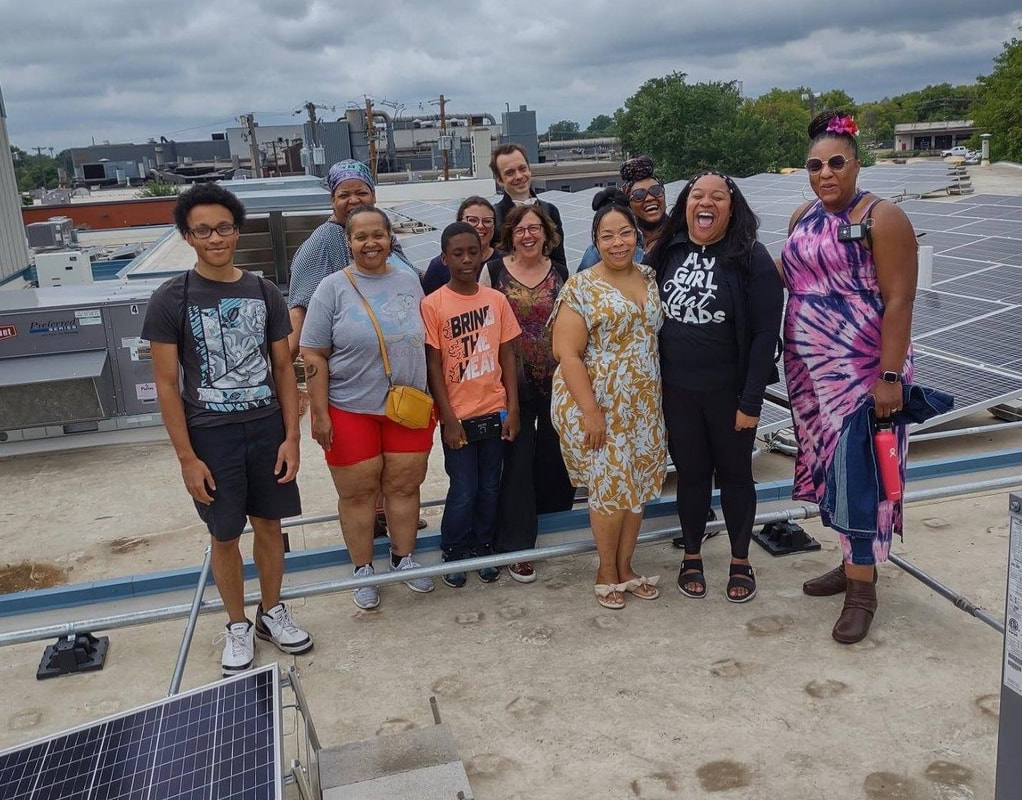
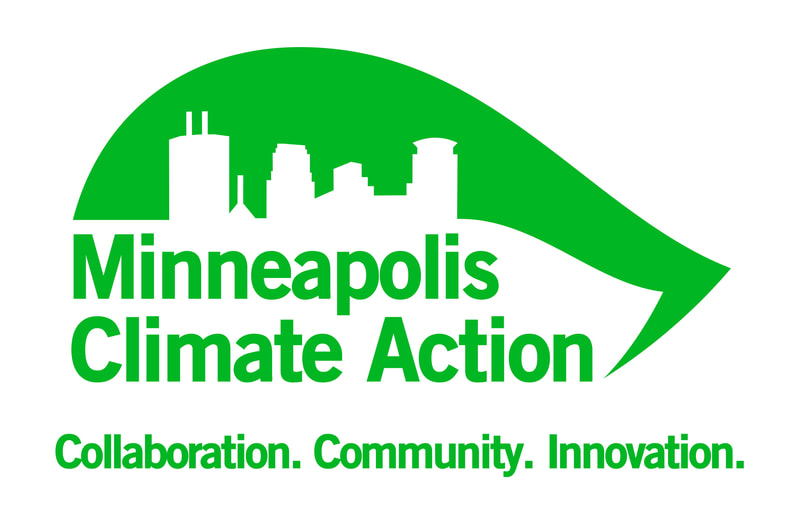

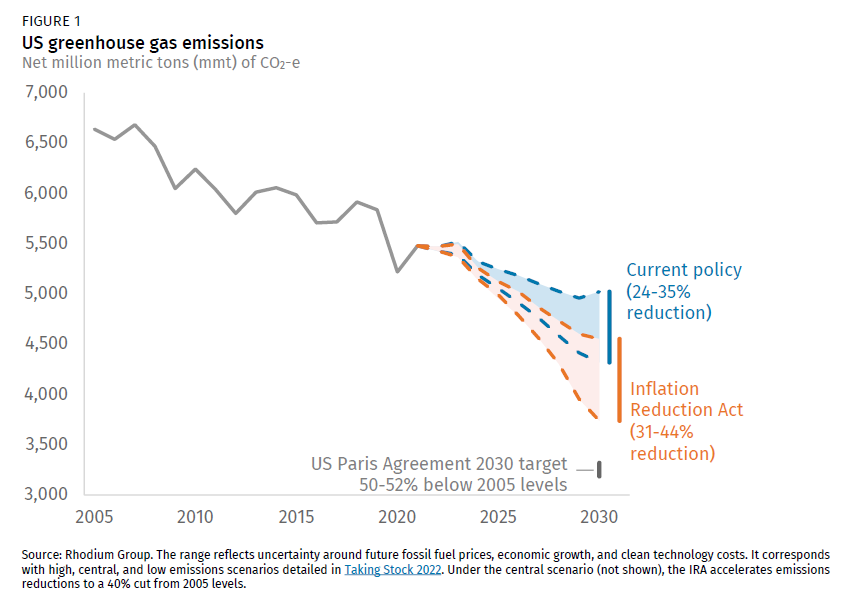
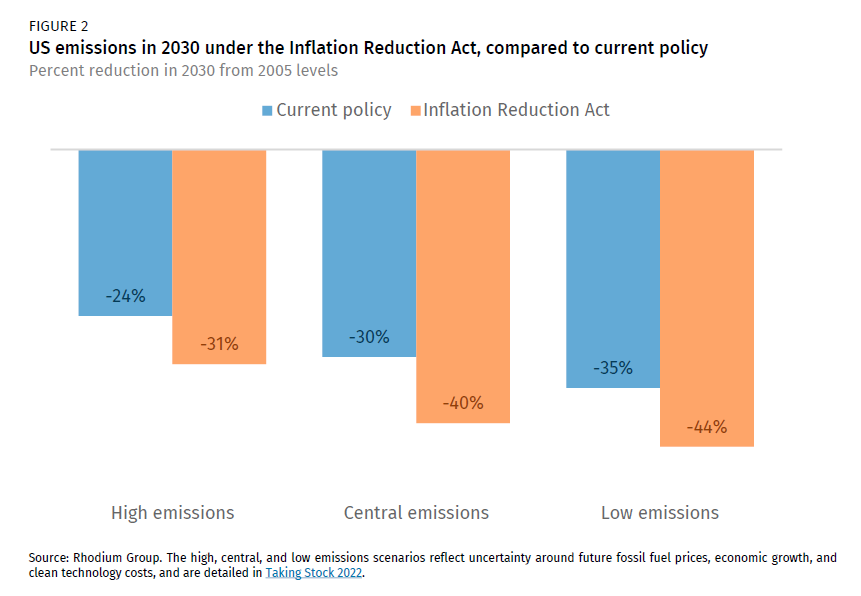
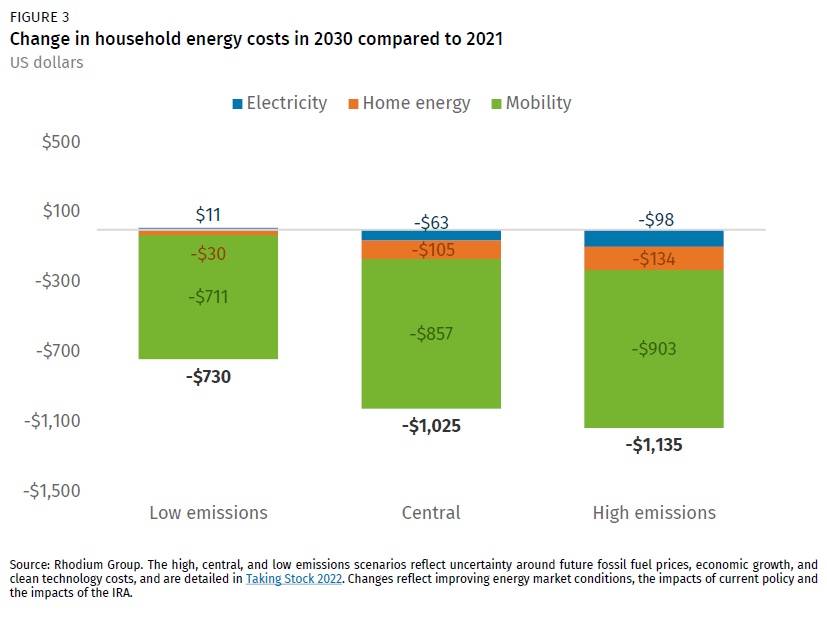
 RSS Feed
RSS Feed
